What Are the Basic Elements of Gardening?
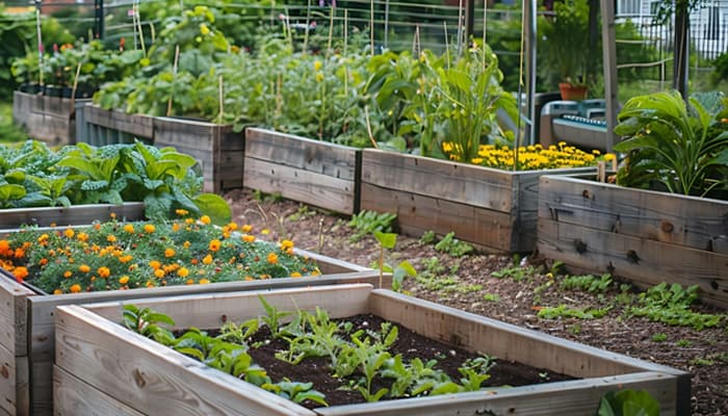
Nothing compares to cultivating your own vegetables to genuinely experience delight in the garden. From the initial appearance of a seedling, breaking through the seeds you planted yourself, to the gathering of tasty, healthy produce that you cultivated, you'll discover abundant rewards in vegetable gardening.
In addition to the pride you'll feel, you can produce a significant portion of your own food, fresher and more nutritious than what you can find in the supermarket, while also reducing your food expenses. In this article, We'll discuss the basics of gardening and planting.
Basic Elements of Gardening and Planting
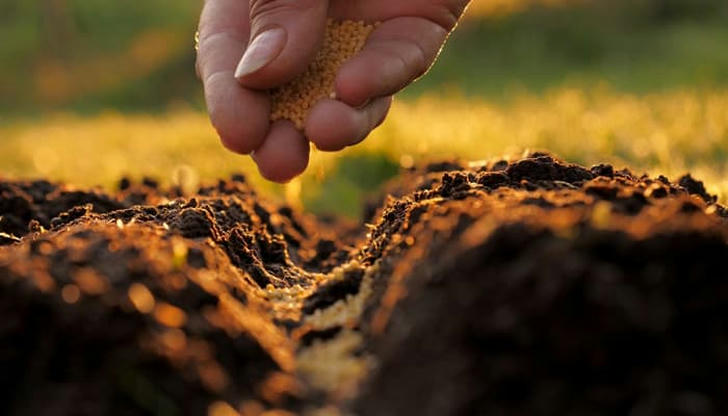
The basics of gardening and planting involve understanding the essential elements that plants need to thrive and following a few key steps to get started. Here's a comprehensive overview:
- Pick the Right Location
- Choosing the Plot Size
- Select the Seed
- When to Plant
Pick the Right Location
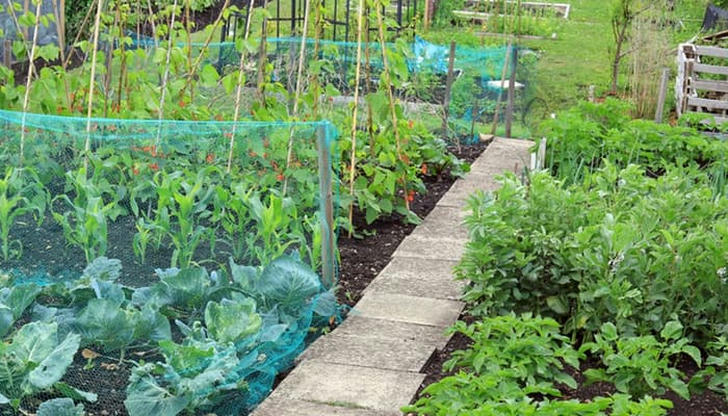
Choosing the right location for a vegetable garden is crucial for its success. Here's a breakdown of the key factors to consider:
Sunlight
- Plants use sunlight to perform photosynthesis, converting light energy into chemical energy for growth.
- Most vegetables and flowering plants require at least 6 hours of direct sunlight per day.
- Leafy greens and some herbs can tolerate partial shade.
Water
- Water is essential for hydration and nutrient transport within the plant.
- Water deeply and less frequently, allowing the soil to dry slightly between waterings.
- Avoid overwatering, which can lead to root rot.
Soil
- Soil provides essential nutrients, water retention, and support for plant roots.
- Test your soil to determine its pH and nutrient levels.
- Amend the soil with compost or other organic matter to improve its fertility and structure.
Air
- Plant roots need oxygen for respiration.
- Well-drained soil allows air to reach the roots.
- Avoid soil compaction, which can restrict airflow.
Nutrients
- Plants require essential nutrients such as nitrogen (N), phosphorus (P), and potassium (K), as well as micronutrients.
- Use fertilizers to supplement nutrient levels in the soil.
- Consider using organic fertilizers like compost, manure, or bone meal.
Choosing the Plot Size
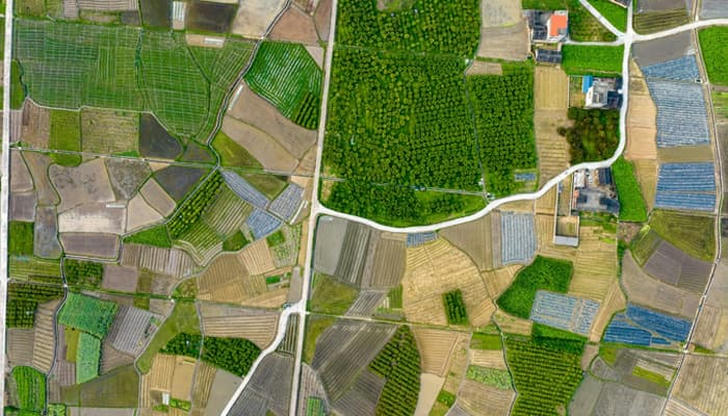
Choosing the right plot size for your garden depends on several factors, including your experience level, available time, physical ability, goals, and resources. Here's a breakdown to help you determine the ideal size:
Experience Level
- Start small to avoid feeling overwhelmed.
- A small plot allows you to learn the basics of gardening without excessive pressure.
- Consider a 4x4 foot or 4x8 foot raised bed, or a 10x10 foot in-ground plot for beginners.
Available Time
- Gardening requires regular attention, including planting, watering, weeding, fertilizing, and harvesting.
- Be realistic about how much time you can dedicate to gardening each week.
- Smaller plots require less time and effort.
Physical Ability
- Gardening can be physically demanding, involving bending, lifting, digging, and repetitive motions.
- Raised beds or container gardens can reduce the physical strain.
- Choose a plot size that you can comfortably manage without overexerting yourself.
Gardening Goals
- If your goal is to grow enough produce for personal consumption, a smaller plot may suffice.
- If you plan to share or sell your harvest, you'll need a larger plot.
- Determine how much of each vegetable or herb you want to harvest and plan.
Water Availability
- Ensure you have easy access to a water source for irrigation.
- Larger plots require more water.
- Consider using water-saving techniques like drip irrigation and mulching.
Select the Seeds
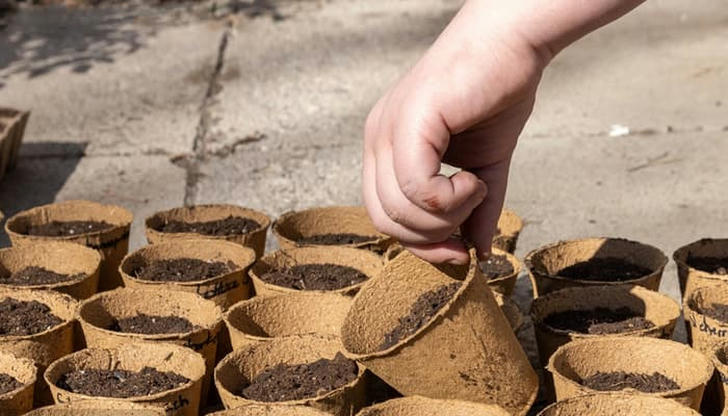
Cultivate what you enjoy eating. When space is restricted, focus on growing vegetables that provide the highest rewards for the effort, including pole beans, tomatoes, root vegetables, and leafy greens. If you enjoy preparing unique dishes, consider using vegetables that are rare or pricey in stores—like specialty lettuces or broccolini.
Cool Season
These crops should be planted in the early spring and fall. They flourish in the spring and fall when the temperature drops below 70°F because they are cold-hardy: Lettuce, mustard, onions, peas, potatoes, radishes, rutabagas, spinach, Swiss chard, turnips, beets, broccoli, Brussels sprouts, cabbage, carrots, cauliflower, collards, kale, and kohlrabi.
Warm Season
When the soils have warmed up following the final spring frost, plant these crops. These vegetables—beans, cantaloupes, corn, cucumbers, eggplant, okra, peppers, pumpkins, southern peas, squash, sweet potatoes, tomatoes, and watermelons—are frost-sensitive and do best in the summer when the temperature is above 70°F.
Artichokes and other biennial crops grow in the first year, bloom, bear fruit, and then die in the second. Once established, perennial crops like rhubarb and asparagus thrive for many years.
When to Plant
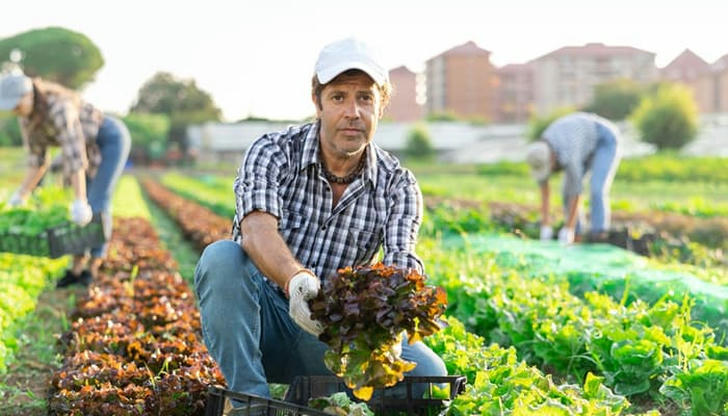
Plan for year-round production through succession planting.
Spring
Plant warm-season crops in late spring and cool-season crops early. Start early in the season with a frost cloth or cold frame.
Summer
As the days become longer and the temperature rises, cool-season crops will bolt. To prolong the season and safeguard plants, use shade cloth. Late spring plantings of warm-season crops will continue to grow until the first frosts in the fall. Plant cool-season crops for the fall in late July.
Fall
When planted in late summer, cool-season crops may withstand temperatures ranging from moderate to cold.
Winter
When sown in the fall, cold-hardy vegetables (such turnip greens, kale, and collards) can survive the winter. To prolong the season in colder climates, use a frost cloth or cold frame.
